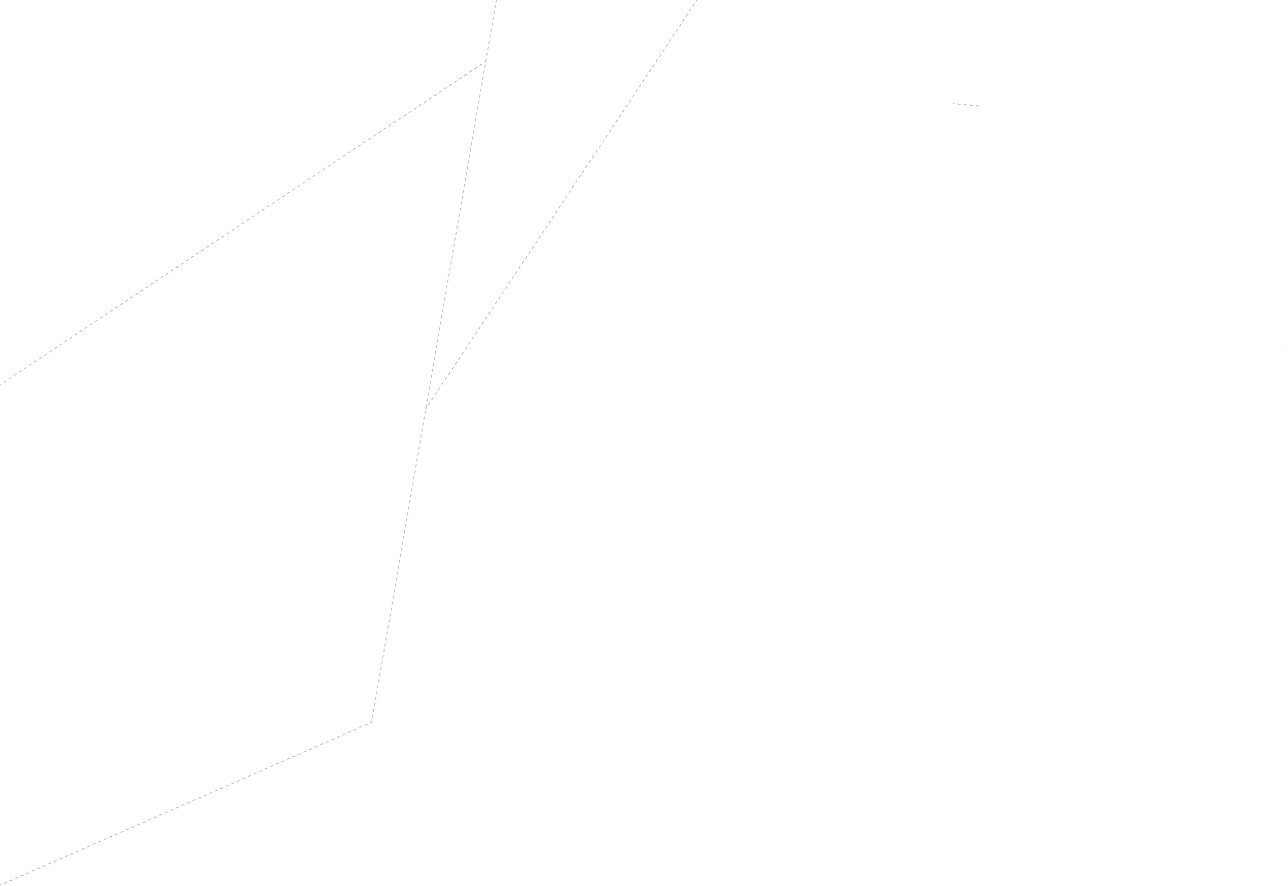Home

01
Join Us, In Saving Lives And Engineering The Future
We are a diverse team of talented people who are dedicated to building technology that radically improves human lives.
Animal Research
“Electrical stimulation of the visual cortex has long been proposed as an approach to restoring vision in blind people. Previous studies positioned electrodes on the surface of the brain and thus required delivery of relatively high currents. However, this approach limits the number of electrodes that can be safely stimulated simultaneously, and such surface electrodes activate several millimeters of cortex, which results in a low spatial resolution. Chen et al. demonstrated that the simultaneous stimulation of multiple intracortical electrodes in the monkey primary visual cortex gives rise to the perception of shape and successive stimulation to the perception of motion (see the Perspective by Beauchamp and Yoshor). This major improvement provides proof of concept for the use of electrical microstimulation to create a form of artificial vision in the blind.”
Citation:
Chen X, Wang F, Fernandez E, Roelfsema PR. Shape perception via a high-channel-count neuroprosthesis in monkey visual cortex. Science. 2020 Dec 4;370(6521):1191-1196. doi: 10.1126/science.abd7435. PMID: 33273097.


